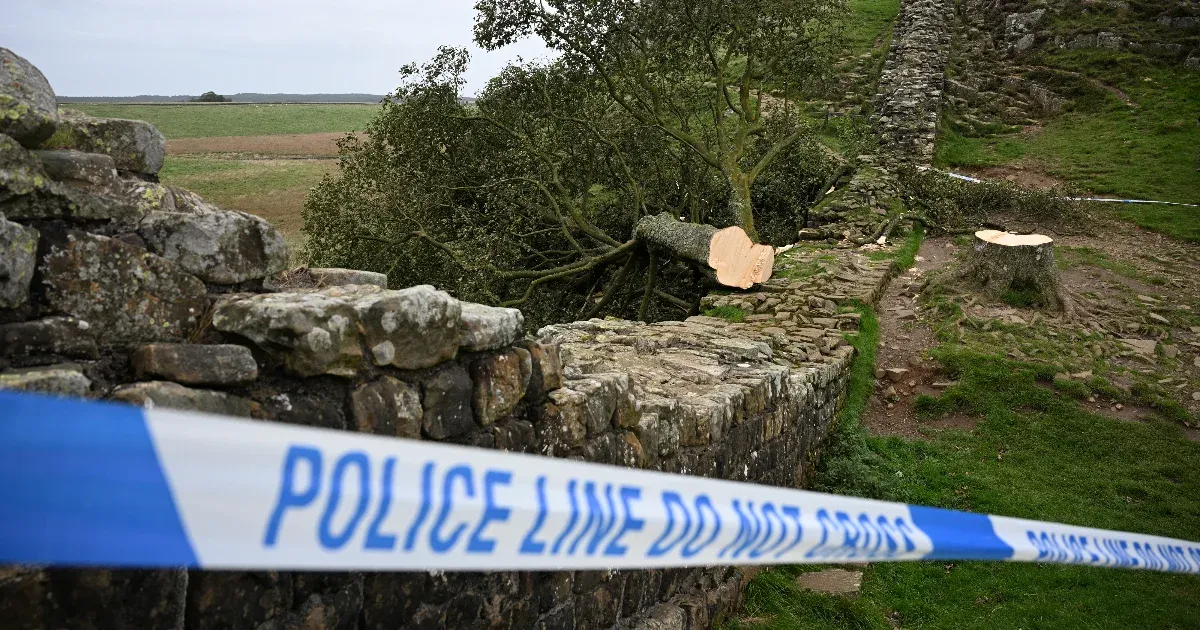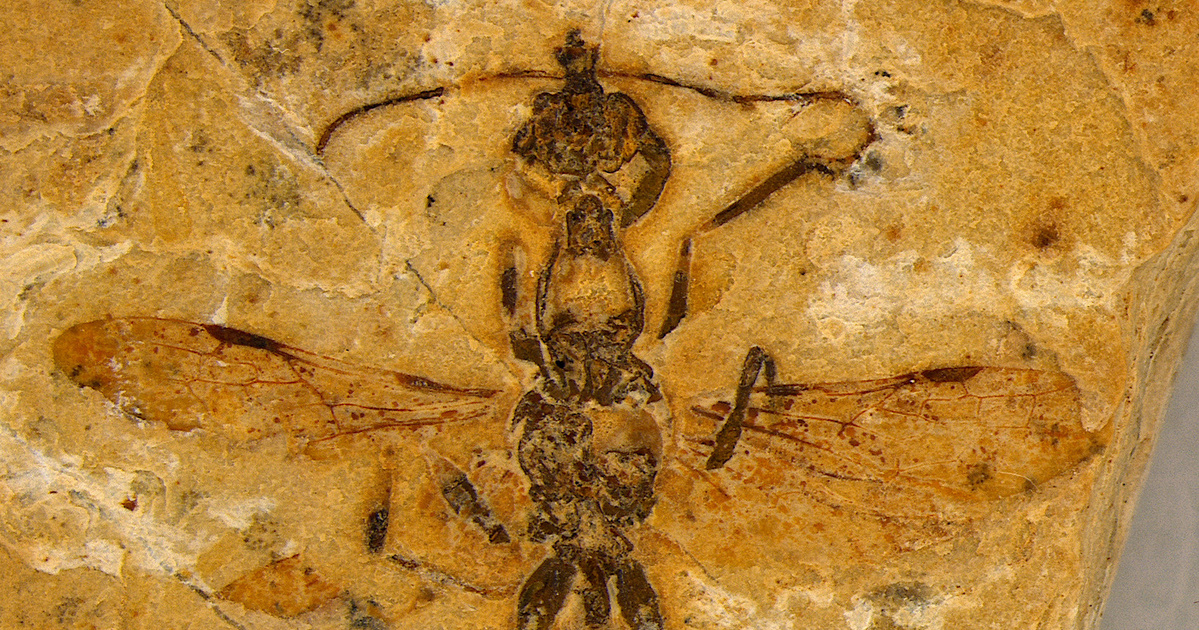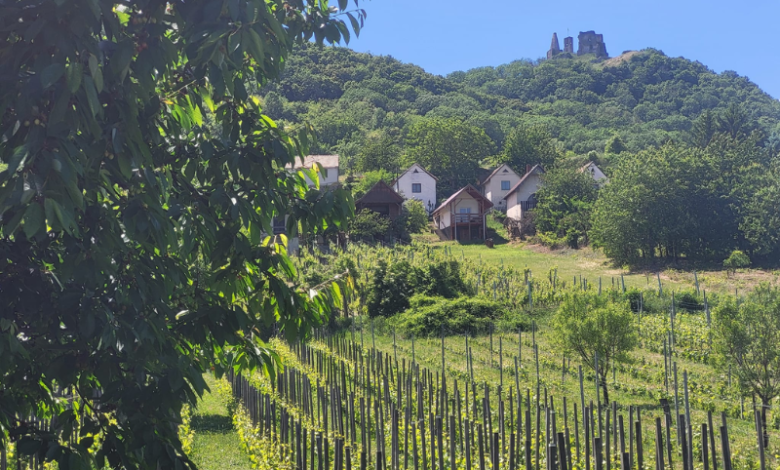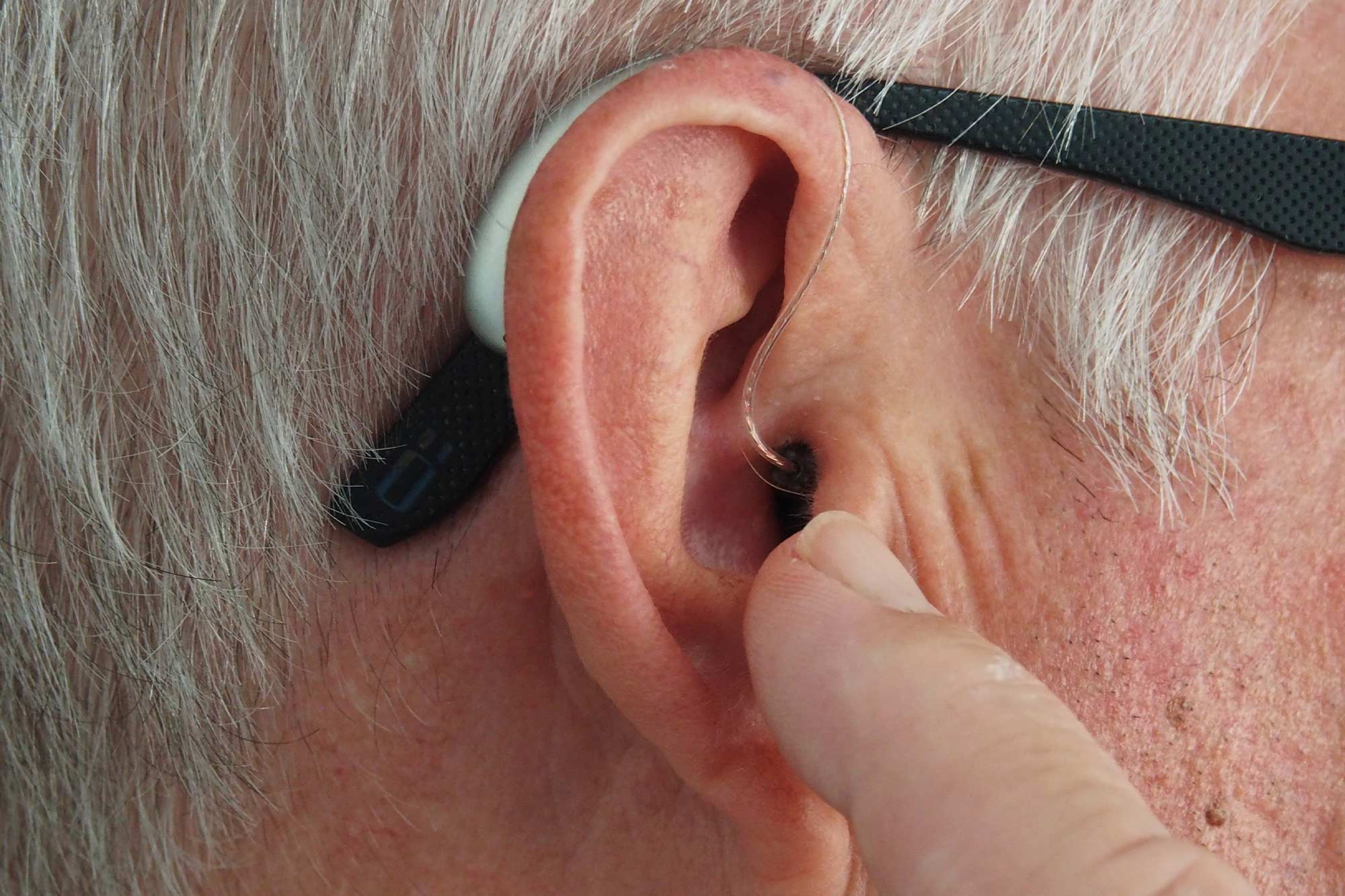the Volkanidres Kratinsis It was called the name of the old ant, a representative of a sub -family that is now extinct with a distinct jaws, resembles a mower. According to the researchers, these “tools” have served to penetrate the prey, which clearly proves that the ants have a specialized anatomical structure during the early Crete period and published on this planet, as he indicates Current biology Based on a study published in a magazine IFL flag.
Discover d. Anderson Lepeco is the name of the world of fossils, who studied a group of huge fossil insects from the CRATO formation at the University of Sao Paulo. Unlike the previously found nightmares, which have survived millions of years of amber, the current sample has survived uniquely in limestone, a rock print for future generations. Al -Ahfour depicts a winged ant, and perhaps a queen. the Volkanidres Kratinsis The name of the rock is a greeting to the Folkano family that donates the rock.
The researchers created detailed three -dimensional photos of the Find with the latest tomography process, without damaging the fossil. Analyzes indicated that Volkanidres Kratinsis One of his relatives who found him in 99 million years -Mamarei Amber Security Haidomyrmex zigrasi It may indicate that these ancient predators were present on several continents during the Cretaceous period. In addition, the discovery not only indicates South America as a potential development center for nightmares, but also proves that the anthropomors specialized in ants have been formed much earlier than it was previously assumed.
Kill
The most surprising feature of nightmares was the jaws specialized with a completely different process from modern ants. While the ants who live today are moving horizontally, as well as the nightmares, the nightmares moved their miracle, similar to the jaws vertically to pressure the spoils on the centuries on their forehead. This special nutrition is also supported by an individual in the amber that ends the jaws around an extinct insect.
According to the experts, the jaws represented the extremist evolutionary adaptation of the prey. The jaws spanned not to the side, but to the front, with their heads, and its front paintings settled with extended pairs of hairs, which may have been a sensor hair. The advanced fishing device also allowed nightmares to drop a much larger prey than the body size. However, despite its amazing adaptations, the nightmares and their distinctive predators have disappeared from the face of the earth about 65 million years ago as a result of environmental changes during the ice extinction event.
It was by chance they found
the Volkanidres Kratinsis Keeping limestone is a great penetration of fossil science. While the former nightmare was found in the amber in France and Myanmar, the Brazilian fossils are the first time that scientists can study a nightmare in the form of a rock fossil. In addition, the fact that they found it was completely by chance. Dr. Anderson Lipo, a researcher at the Zoology Museum at the University of Sao Paulo CNNHe told me that in September 2024, he found the copy, and an examination of a fossil set preserved at the Zoore Museum at the University of São Paulo.
In contrast to the amber, which “maintains” samples in the frost, keeping limestone is the result of other operations. The ant potential is probably buried in soft muddy sediments, which slowed down the decomposition, similar to the way in which other exceptional fossils remain in limestone caves, for example. It also made the great quality to keep researchers to conduct investigations into the inner structure of the example without physically interfering. As a result, complex anatomical details have become visible that radically changed our image of the development of early ant and its advanced predators in ecosystems before history.
(Cover of Image: 113 million years of the nightmare of the excavation. / Photo: Current Biology)























![Because of the relative Remaster, you get a lot of fun playing! [VIDEO] Because of the relative Remaster, you get a lot of fun playing! [VIDEO]](https://thegeek.hu/wp-content/uploads/sites/2/2023/11/thegeek-post-trauma-2023.jpg)




















